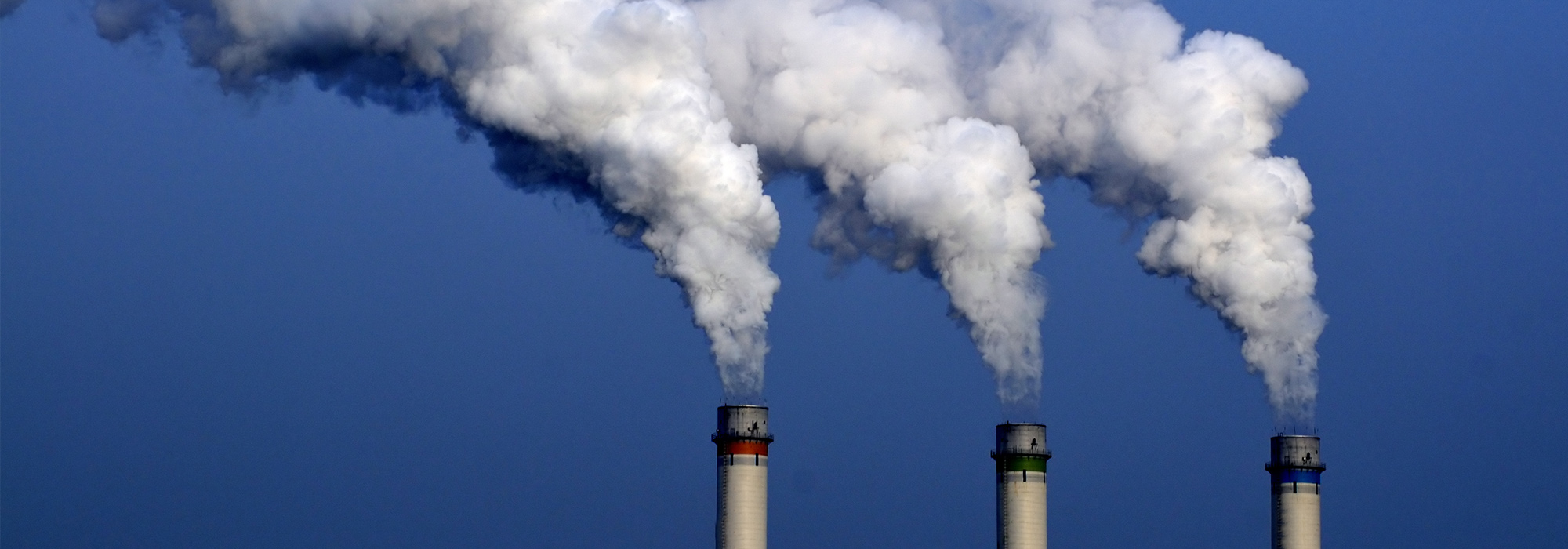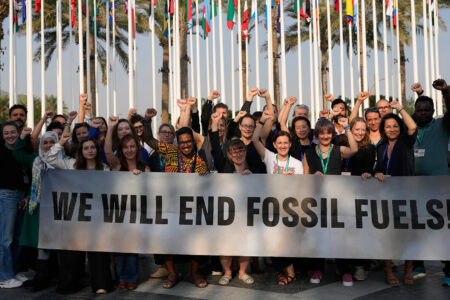
We think the time has come for the international community to alter its collective climate strategy, cease the search for the impossible all-encompassing top-down agreement — described unattractively as “burden sharing” — and instead encourage an approach that builds on national self-interest and spurs a “race to the top” in low-carbon energy solutions. This would change the psychology of the climate change issue from one of burden to opportunity, and change the likely outcome from one of hand-wringing about failure to excitement about tangible action to build a better world. This is the lens through which to view the prospects for a new climate agreement at international talks in Paris in 2015.
A new agreement should recognize that a simple one-formula-fits-all framework is not feasible: We don’t know how to allocate emissions among nations, the global economy makes this impossible anyway, and the early differentiation between developed and developing economies is no longer valid. Instead, a new start is needed, based in part on what has been called “pledge and review”: Nations will pledge concrete steps to reduce their carbon emissions and periodically submit their progress to the international community for review.
Rather than strive for an elusive, binding global treaty, the idea is to encourage countries to make strong national commitments in their own economic self-interest and then roll those up in the Paris agreement, which would not take the form of a treaty and thus would not need to be ratified. Countries would be motivated to take these actions in response to competition, both economic and political; international peer pressure; and the aspirations of their own people. The overarching goal is to spur national action to bend the carbon curve downward in a meaningful and measurable fashion, giving greater certainty to the private sector to innovate and invest in low-carbon technologies. This is the world’s best option for accelerating progress and averting catastrophic climate change.
In the 17 years since the signing of the Kyoto Protocol, very little movement has occurred. The U.S. Senate failed to ratify the treaty largely because of fears that emissions limits would unfairly harm certain sectors of the economy, and developed and developing countries have been at odds over historical responsibility for emissions. Globally, limits on emissions seemed to be limits on prosperity and growth, and the defenders of the status quo — powerful industry groups, concentrations of sovereign wealth, and ideological warriors — argued that climate activists were seeking to sabotage the modern industrial economy.
Happily, technological progress is defusing that argument as the passage of time and the increased intensity of climate impacts make the need for concerted action ever more urgent. Public and private investment in research, development, and deployment of clean energy technologies is yielding results…
China’s recent history exemplifies both the historic tension between development and climate and a pathway to reconcile them. Coal fueled the country’s remarkable economic growth but also produced unhealthy air and intolerable environmental damage. In response, China’s leaders are engineering a serious shift toward wind and solar energy, greater energy efficiency, and development of shale gas, based on political and economic self-interest. This reversal may lead to greater alignment on climate policy among China, the United States, and the European Union and also influence other developing countries…
A new path is emerging toward accelerated progress on climate change, based on a theme of opportunity as the shift to renewables and increased efficiency produces new businesses, more jobs, cleaner air and water, and better public health. The political reality is that countries increasingly will see that this path is in their own self-interest. They should be encouraged to compete for advantage in a race to the top, rather than bicker over emissions limits.
Whether driven by a price on carbon, a reduction in fossil fuel subsidies, or continuing technological innovation, national action and large-scale investment to transform the world’s energy systems can initiate a more optimistic era of concrete progress on climate change. Combined with a compelling global vision, public-private collaboration, and a pledge to return to the negotiating table at regular intervals until success is achieved, this is a strong and forward-looking package that could be agreed in Paris in 2015. It would deliver what, more than anything else, the world needs — a decision to act, not just negotiate. It might even be led by the world’s two largest emitters of CO2 — the United States and China. It is already consistent with the U.S. position, China appears ready to bring forward new commitments, and the two countries are actively collaborating on climate and energy in a number of ways.
Whether such steps will be enough to avert climate catastrophe remains unclear. Even if the major industrialized economies were able to reduce their emissions completely, the prognosis for the earth’s atmosphere would still be grim if resource-rich developing countries do not change course. What Paris can do is help accelerate the pace of technological adoption and change, toward the day when the cleanest energy sources are also the cheapest and thus become dominant. The payoff will be improved public health and increased economic well-being. Most importantly, the global climate will be prevented from going off the rails.
Photo: Shutterstock by Oleksandr Kalinichenko






